Coco Talanoa — Pacific Blog / Page 17

Asuelu’s cash – is sending money traditional Samoan culture?
By Lefaoali’i Dion Enari
Watching Asuelu, his wife, mum and sisters argue over money on 90 day fiance has sparked much debate. Some believe he did not give enough, while others found the request for one thousand extreme.
The more I watched the show, the less I judged, and realised how complex the situation was for Asuelu.
As a Christian husband and father, under the bible, it is his responsibility to protect and provide for his wife and kids. Simultaneously, as a Samoan son and brother, he is also bound by the feagaiga (sacred covenant) between his mother and sisters, with a duty to love, care and protect them. As a Samoan Christian he must consult with his wife and listen to the fautuaga (advice) of his mother and sisters.
Irrespective of if the show is scripted or not, this is a lived experience for many of us. We face challenges that come with balancing roles as a married partner, parent, son/daughter and sibling, whilst also providing tautua (service) to our extended family.…more
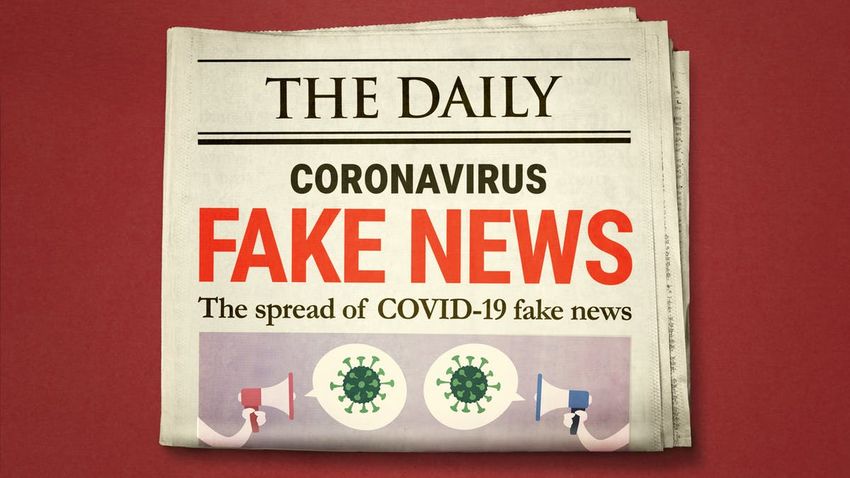
"Please remember this is a pandemic. It's not just happening here in NZ"
New Zealand Registered Nurse and Pacific Health Advocator Ange Lina shares some helpful advice & info, after seeing misinformation being shared across social media with news of Covid19 positive cases in the community again.
.
1. South Auckland wasn’t targeted with a fake community case. South Auckland is the epicentre where all the positive cases from travellers set foot in. The New Zealand international airport is in South Auckland. You have people who are quarantined in South Auckland.
2. This isn’t a political strategy. This is a public health strategy. If no one does this then who is responsible? Jacinda did not make these decisions on her own. There’s a team of experts, just like there’s a team that helps decide what the best medical intervention is for your loved one when they’re in hospital.

“Witchdoctors” in lab coats: Reclaiming Samoa’s traditional knowledge
By Elizabeth Ah-Hi
Three years ago, a provocative story line captivated international audiences when Samoan rugby star, Manu Tuilagi sought the services of a Samoan “witch doctor” to help him recover from a knee injury.
Curious readers gobbled up the bizarre headlines wanting to find out why the England rugby sensation, who has access to state of the art medical facilities and services in the world, would resort to such a “backward practice” and travel half way across the world to the remote Pacific.
The remarkable story raised as many eyebrows as it did questions but more importantly gave mainstream audiences a glimpse into what Samoans (who have been beneficiaries of traditional medicine) have always known - that centuries old knowledge and practices by the Taulasea (traditional Samoan healers) passed on from generation to generation, still play a vital role in Samoan society.…more
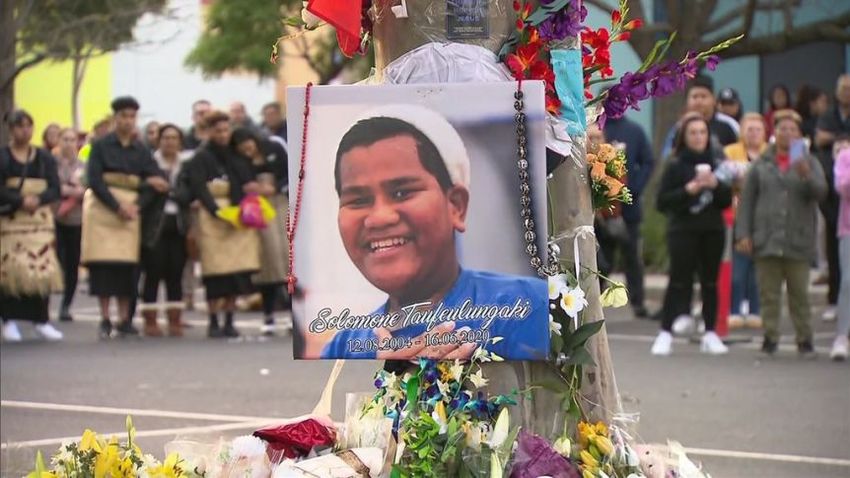
Pasifika Youth Violence in Australia - How do we move forward?
By Lefaoali’i Dion Enari
The killing of another Pasifika son Solomone Taufeulungaki in Melbourne was heartbreaking. Although we are confronted with murders on TV every day, this one hit close to home. In this murder we could actually see our cousin, nephew and brother in the victim. Sadder yet, we could also see our own aunties, uncles, mother and father in the scenes of his family mourning at the site.
As Solomone was laid to rest last week, I was made to see the landscape of Pasifika youth in Australia. Looking back at my lived experiences and previous work in the community, I believe most of our youth problems stem from disconnect.
“I am a Samoan – but not a Samoan
To my aiga [family] in Samoa, I am a palagi [foreigner]
I am a New Zealander – but not a New Zealander
To New Zealanders, I am a bloody coconut, at worst,
A Pacific Islander, at best” (Anae, 1998)
Although this poem was written for NZ born Samoans in New Zealand, it also speaks to the Pasifika youth experience in Australia.…more

Kia Ora Aotearoa!
Guest Writer Louisa Tipene Opetaia shares her experience with managed isolation in Auckland, New Zealand after flying to the US to bring her three children home with her.
Her three Māori/Sāmoan kids live in California with their father but after seeing the rates that Covid-19 have been infecting Americans and the Black Lives Matter protests turning violent Louisa felt that she needed to bring them home. With both her sons only having US passports she was initially denied travel ban exemptions so she flew to Los Angeles to bring them back and applied again - she was finally approved on condition they travel with her.
She describes travelling during a pandemic as a surreal experience with once bustling airports now with limited numbers of flights and passengers. All Duty Free stores were closed and the only dining option at the food court at Los Angeles Airport was Panda Express.
FLYING DURING A PANDEMIC
As always the Air New Zealand staff were gracious and welcoming. They were masked and gloved every time they interacted with us.…more
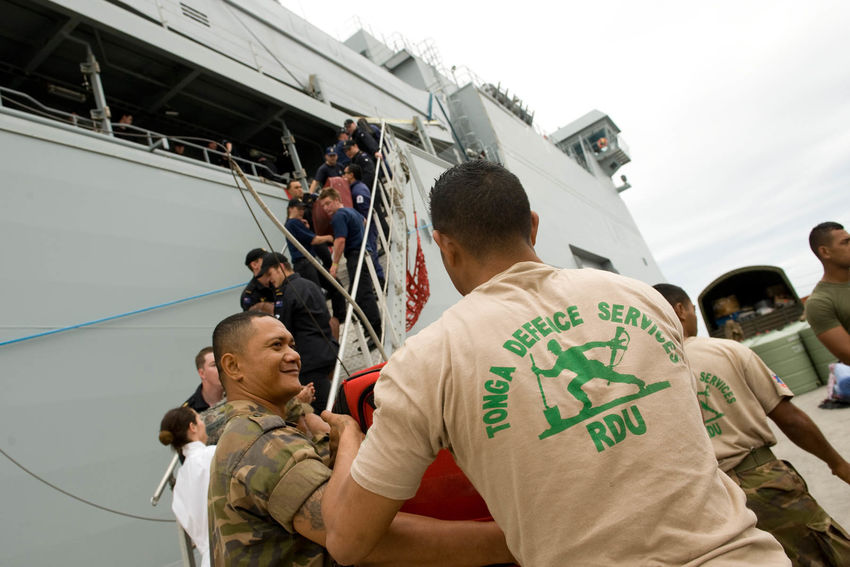
NEW NAVIGATION CHARTS BRING ECONOMIC AND MARITIME SAFETY BENEFITS TO TONGA
Navy disaster relief vessels and other large ships will no longer rely on old fashioned plumb lines and charts measuring in fathoms to enter some of Tonga’s waters, as they have done since the 1800s.
A partnership between Land Information New Zealand (LINZ), the Ministry of Foreign Affairs and Trade, and Pacific governments is coming to fruition with the publication of new electronic navigational charts for the Kingdom of Tonga.
The new charts, created using hydrographic surveys of the undersea world around Tonga, will be vital if large ships are to navigate the reefs and hidden rocks safely. They also ensure compliance with international maritime regulations.
Ms Kelela Tonga, Director of the Marine and Ports Division at Tonga’s Ministry of Infrastructure, says the charts are of great importance for the safety of navigation of all vessels.
“The production of these charts is a milestone for the future of safe shipping within Tongan waters,” she said.…more
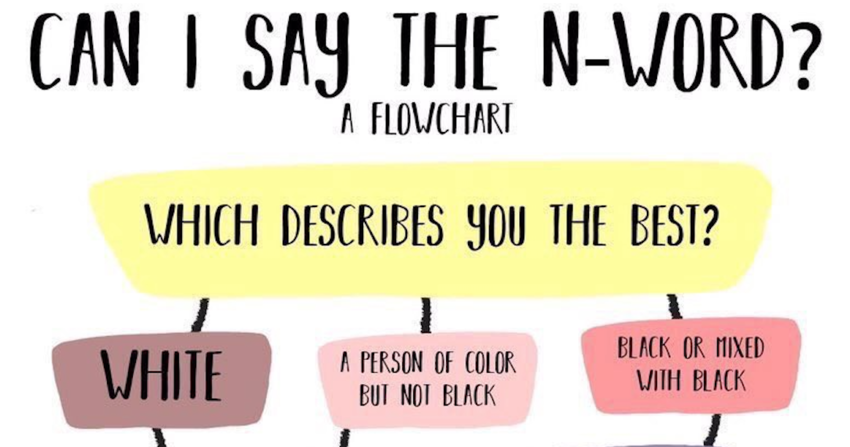
The Cookout
By Kristian Fanene Schmidt
Our generation of Polynesian people love Black culture. We indulge in it everyday of our lives – from literature to fashion to politics. It’s evident that some of our excellence has been influenced by Black excellence.
Culture is dynamic. It’s complex, it’s fluid and it’s changing. I’ve always been interested in how we, as Polynesian people, are drawn to and engage in Black culture. But does our admiration ever cross the line and become appropriation? Why? Or why not?
Appreciation
As far as art goes, it’s to be expected that artists will look to the greats for inspiration.
Music
We love some R&B, Soul, Hip Hop and Reggae – all created by brilliant Black minds along with Country, Rock, Gospel, Jazz and Blues.
From the beautiful songstress Aaradhna…
… to Nesian Mystik …
… to Katchafire ...…more
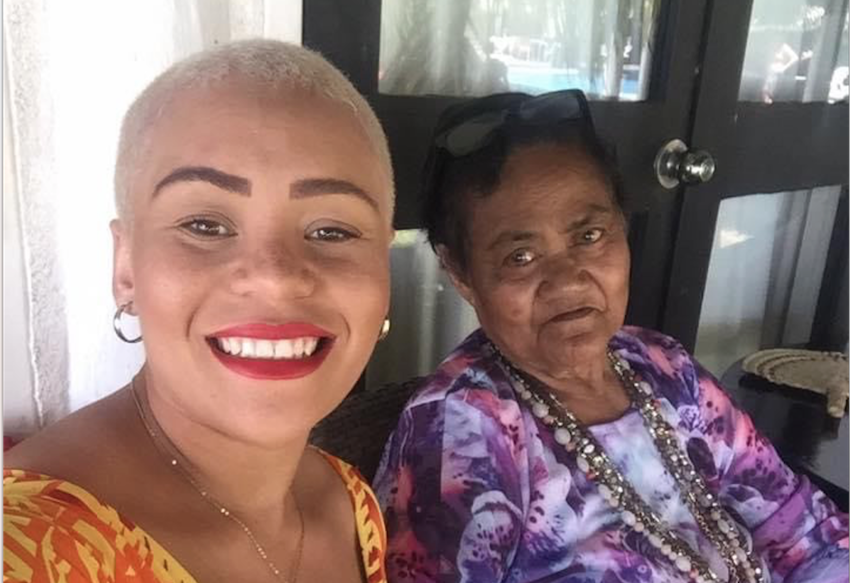
Racism from the view of a young teine uli - half Samoan half black American living in Savai’i
By Datia Wilson
It is so weird when the term racism comes to my attention. As I gather my thoughts, I don’t even know where to start. I come from African/Native American, Samoan and Welsh descent. There is nobody I know who hasn’t experienced some sort of racism - including myself.
Growing up my father would try to educate me about slavery, Black history, and some of the struggles they had to experience due to the colour of their skin. Privileges and opportunities that were taken away or fought harder for because their complexion was darker.
My grandfather came 3rd out of 100 applicants for a role at NASA (his dream job) but was passed over because he was black. I also remember a time where my father and I waited for over an hour to be served by a European lady, but there was no line.
This discrimination needs to stop. The thought and the feeling of your worth being inferior to others is not nice at all.…more
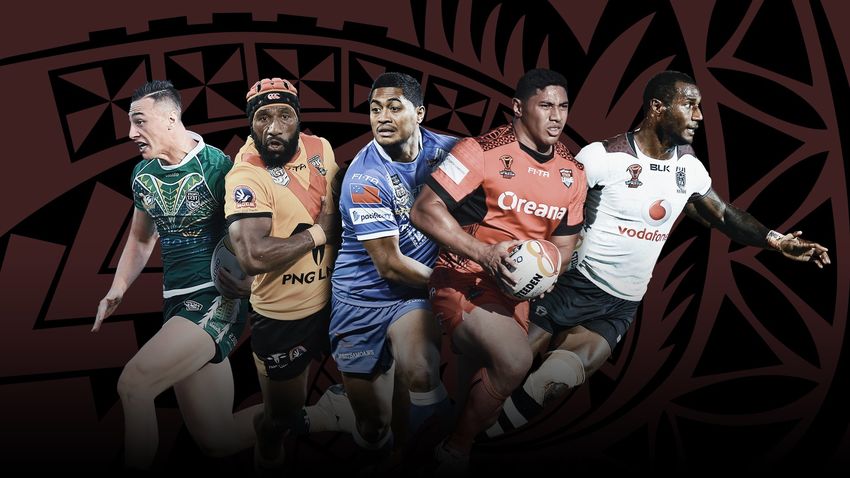
OPINION: Pasifika NRL (mis)pronunciation – don’t (dis)respect my name
By Lefaoali’i Dion Enari
Channel 9’s rugby league personality Erin Molan’s recent ‘hooka looka mooka’ comments when referring to Pasifika rugby league players was nothing short of racism.
To purposefully (mis)pronounce (with an accent) Pasifika names is not only poor taste, but mirrors how much race relations work that still needs to be done.
Although Pasifika people’s presence and cultures are interwoven in the Australian fabric, we still face many race issues.
What is concerning is people like her continue to portray us to mainstream society as exotic savages, brown entertainers and primitive immigrants.
This is not the first racial incident involving Pasifika people in Australian rugby league, as former Pasifika players have spoken out on the racial vilification they received both on and off the field (Lakisa, 2019).
The Australian government has a well-documented history of prejudice against Pasifika people. The White Australia Policy discouraged migration from the islands between 1901-1973 (Lee, 2009). Upon arrival many were labelled unqualified, unexperienced and only able to work as unskilled labour (Vasta, 2004).…more
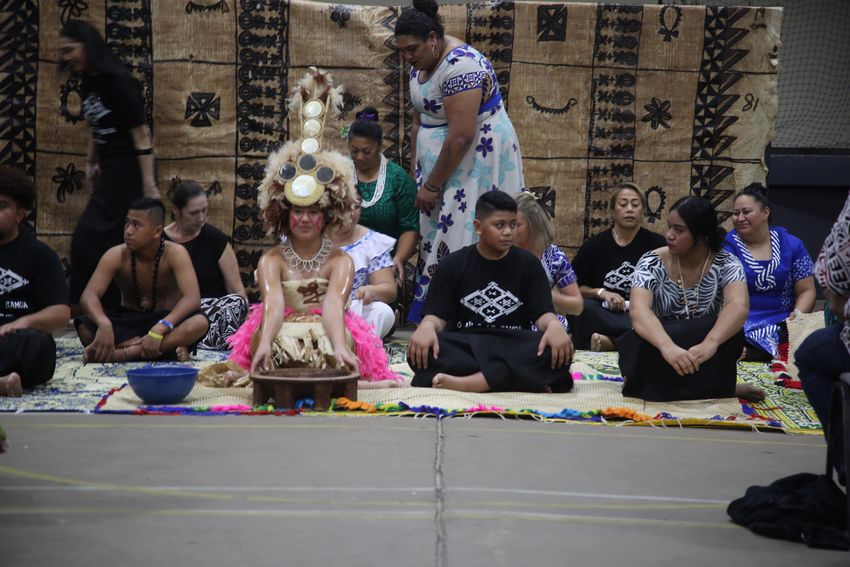
Samoan Language is needed in Australia
By Lefaoali’i Dion Enari
Despite Australia being the new land of milk and honey for Samoan and Pasifika people, we face challenges of language survival and sustainability. My love for the Samoan language and anger for its exclusion from the school system was the reason I decided to do a PhD (Doctorate of Philosophy) on Samoan cultural and language practises in Australia.
Growing up in Brisbane I would see many Samoan and Pasifika people financially doing well. However, as the influx of our people grew, so did the importance of our Samoan language and culture. Since I was a child, I was angry at the fact that Japanese and German were taught at school, instead of indigenous aboriginal and Samoan languages. My frustration was driven by the fact aboriginals are tangata whenua to Australia and majority of the students at my school were Samoan.
I had always loved the Samoan language, as everything sounded more reverend, poetic and sophisticated. Not to mention, it was cool and a way we could communicate in public without anyone knowing what we were saying.…more
